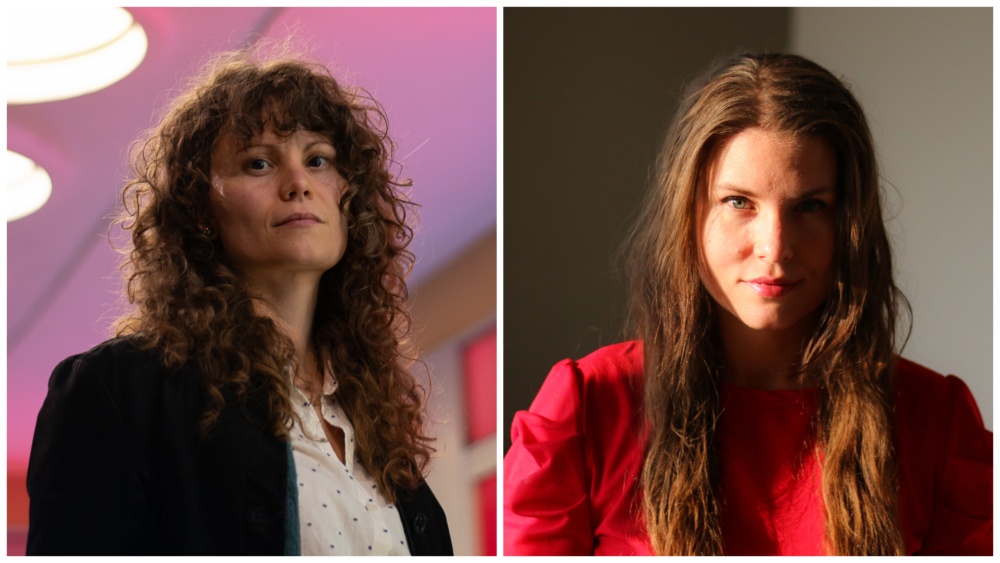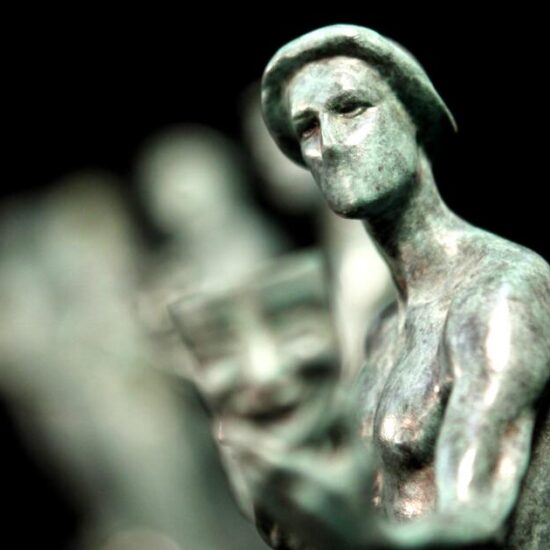
Finnish director Marika Harjusaari makes her feature debut with the female-centered, 19th-century-set horror “The Mire,” which follows a woman who must use her mysterious powers to save a Finnish village from a malevolent spirit. The film will be presented this week as part of a showcase of upcoming Finnish titles at the Finnish Film Affair.
Written by Ilona Ahti, the screenwriter behind Alli Haapasalo’s 2022 Sundance Audience Award winner “Girl Picture,” and produced by Mika Ritalahti (Silva Mysterium Oy), also in Park City last year with Hanna Bergholm’s Midnight selection “Hatching,” “The Mire” centers on an outcast midwife who harbors a terrible secret: She leaves unwanted newborns in a nearby swamp.
After falling in love with a young priest, she tries to leave her dark past behind. But when a strange woodland spirit arrives in the village, causing a series of unexplained disappearances, Iiris must use a powerful force in order to save the village, even as many blame her for the tragic events.
“The Mire” marks the second collaboration between Harjusaari and Ahti, who teamed up in 2019 on Ahti’s short film “Homebound.” “We were sure that we would work together again,” says Harjusaari, describing their partnership as a seamless fit. “We came up with the story [of ‘The Mire’] really quickly. Ilona and I work a lot using intuition and we sort of swore an oath that wherever the story is going to take us, we will go. And wherever the intuition will take us, we will go,” she says.
As a starting point, the duo was inspired by Finnish painter Eero Järnefelt’s 19th-century masterpiece “Under the Yoke,” a haunting painting which shows farmers in a remote region of Northern Finland using a traditional method of topsoil-burning to clear the land.
“We looked at that painting, they’re burning the brushwood to make the soil fertile for new crops,” says Harjusaari. “It tells a lot about poverty. There’s a girl there and we could see the pain in her eyes, and it immediately sparked up a conversation about pain and bottled-up emotions, and how that is very Finnish, and how we could recognize that in ourselves as well.”
A self-described horror aficionado growing up, the director says that when she and Ahti “started to think about bottled-up emotions and everything people hide within, it was very natural” to tap into the form with their upcoming film. “I’ve always been interested in going toward something that I don’t understand, toward something that I don’t know. I think things that are unknown to us are often scary, especially if you look at human behavior,” she adds.
Drawing on Finnish mythology and animistic beliefs in the 19th century, “The Mire” centers on a mysterious force known as “vitun voima,” which Harjusaari describes as “the power of womanhood,” which could be invoked as either a force for good or evil. It is when the village women use that power to ward off evil during the Easter fire that the woodland spirit arrives and their troubles begin.
“In [19th-century] society, [vitun voima] was mostly thought of as something dangerous, and it should be controlled where you used it,” Harjusaari says. “Women could use it for the common good, like protecting the herd or protecting the family.” One way a woman could accomplish this, she explains, was by exposing herself to a forest to keep the bears away. “The society — the men, mostly, the patriarchal society — thought that it’s dangerous that women have this power,” she adds. It was, however, “something that, during that time, gave women some agency.”
Taking place some 200 years ago, “The Mire” centers on themes that nevertheless feel very contemporary in a post-#MeToo world, though Harjusaari confesses: “We only realized after we wrote the idea that this has a lot to do with women’s rights today.” Though not a deliberate choice, she says it was inevitable that the current discourse — as present in Helsinki as in Hollywood — found its way into the script she’s developing with Ahti.
“It’s part of us, because we live in a contemporary world, and we use our subconscious,” she says. “We actually use dreams and meditations when we are in the writing process. Many times, we meditate, and then we have a discussion about what the meditation was like, and did that bring up something new. Or if we have a dream, we share it, and we use that as the material for our story.”
She continues: “We’re absolutely going toward the unknown and we felt that we had to be ready to face whatever may come in the writing process.”
The Finnish Film Affair takes place Sept. 20 – 22 in Helsinki, Finland.











